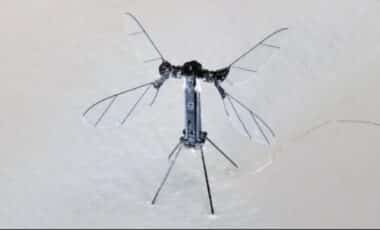Being there . . . for an introduction to a new series of military books certain to please all World War II readers, from the unsmiling, deadly serious modern war bibliophile to the “General Buffs” hour-readers before, “Please turn the light off” commands roll across the bed. Good old Casemate, absolutely dedicated, reliable, and resolute in providing its solid fanbase and enchanted catalog followers and browsers the best in war books, provides you with “DIE WEHRMACHT IM KAMPF” Battles and Problems of the Second World War, an alluring series edited by Hermann Teske and published originally in German in the 1950s and 1960s. And, lucky us Second World War enthusiasts! Written by former members of the German Army’s perspective of many crucial campaigns and battles. Now being published in English for the first time by nonpareil CASEMATE PUBLISHERS for AUSA Books, Association of the United States Army, each volume has a modern introduction by Mathias Strohn. Director of Historical Analysis at CHACR, the British Army’s strategic think tank, and a leading University of Buckingham expert on the German Army, then and today.
FOR THE ENTHUSIASTIC DEVOTEE OF WORLD WAR II LITERATURE, WHETHER ARDENT ALLIED SCHOLAR OR APPLAUDING CHAMPION OF THE DESPERATE RETREATS OF GERMAN FORCES, A NEW SERIES AND TWO OF IT FIRST MESMERING BOOKS ARE INTRODUCED AS A PRICELESS CHRISTMAS PACKAGE POSSIBILITY. . . .
Reviewer and Highly Recommended by Don DeNevi
“ROME TO THE PO RIVER – – The 362nd Infantry Division, 1944 – 45”, by Heinz Greiner, translated by Linden Lyons. DIE WEHRMACHT IM KAMPF Series, An AUSA Book, published in the US and Great Britain by CASEMATE PUBLISHERS, Military History/WWII, 2023: 198 pages, 6 ¼” x 9 ¼”, hardcover, $45. Visit, www.casematepublishers.com.
“RETREAT THROUGH THE RHONE VALLEY – – Defensive Battles of the Nineteenth Army, August – September 1944, by Jorg Staiger, translated by Linden Lyons. DIE WEHRMACHT IM KAMPF Series, An AUSA Book, published in the US and Great Britain by CASEMATE PUBLISHERS, Military History/WWII, 2023: 98 pages, 6 ¼” x 9 ¼”, hardcover, $32.95. Visit, www.casemate publishers.com.
Each book is the closest writing, or narrative, of the inside story of battle an observer can read other than commander combat reports of survivor statements immediately after the events. Official post-war studies help, but no words can surpass the combat report written under fire. Such is found in books commissioned by AUSA and published by Casemate. Crammed with revealing anecdotes, painfully exact, always paralyzingly sad and sullen after defeat, death and destruction, you are present which redeems the reality of what it was like 80 years ago during the German retreat following the Allied Dragoon landings in August 1944. “RETREAT THROUGH THE RHONE VALLEY”, the first English translation of the best German account describes what the Dragoon offensive was like under bombings and sabotage in the south of France. The Allied landings were so overwhelmingly successful knocking out communications, railroads, and bridges, the Germans had no choice but to stand, fight, or run away in a massive retreat is worth the admission. Whole Nineteenth Army divisions were sacrificed to enable its retreat through the Rhone.
In “ROME TO THE PO RIVER”, we read about the defensive operations conducted by the German 362nd Infantry Divisions in Italy in 1944 and 1945. Written by the former commander of the infantry division, Heinz Greiner, the book begins with the formation of the division near the Adriatic Sea in late 1943 and rapidly moves on to the unsuccessful German counterattack launched against the Anzio-Nettuno beachhead at the end of February 1944. The Allied breakout from that beachhead in May 1944 is also narrated. From that point, Heinz leads us through a series of defensive battles near Rome in June 1944 through the Apennine Mountains from September to November 1944. Many Americans, Italians, and Germans died on the roads along the Futa Pass and the Idice River between Florence and Bologna. Eventually, in 1945, the formation withdrew across the Po River and encircled by our American men.
Greiner places particular emphasis on the performance and sacrifice of the German infantry He concludes with a tribute to the German ordinary soldier by pointing out that the British and American High Commands recognized the “tremendous achievements of the 362nd Infantry Divisions”.
Imagine the delight of the recipient to receive such obscure books in a CASEMATE PUBLISHING “package of two for less than a hundred dollars!








